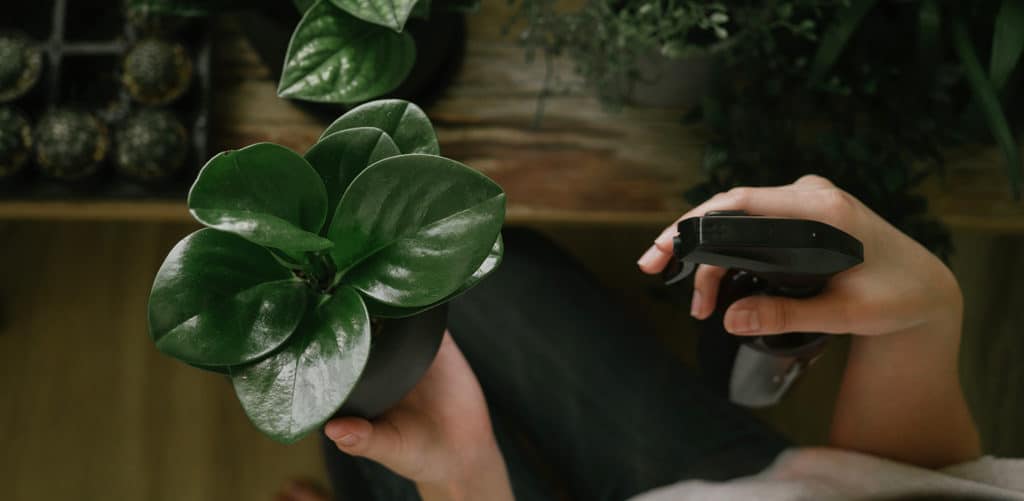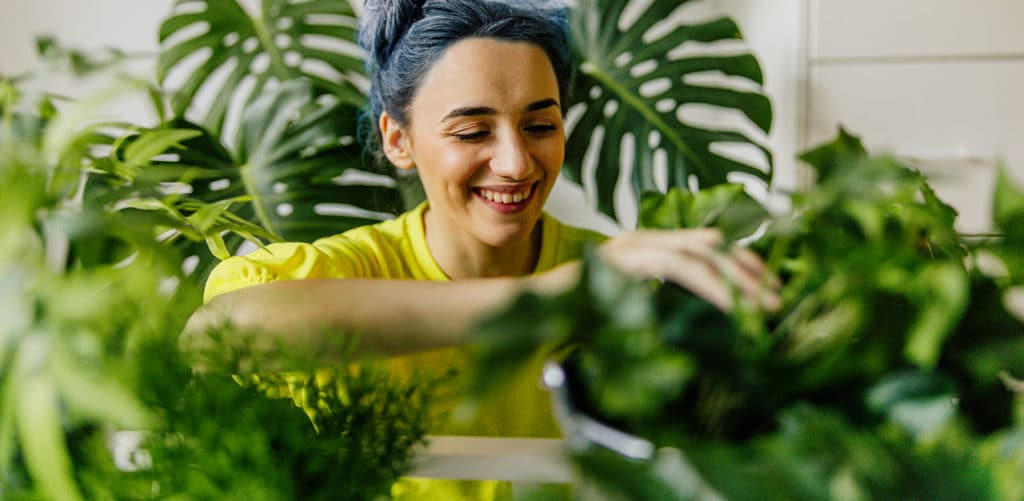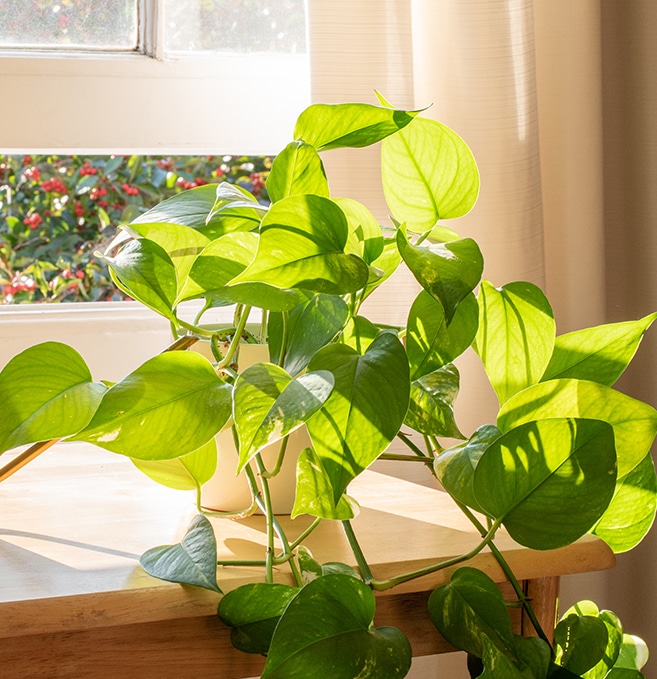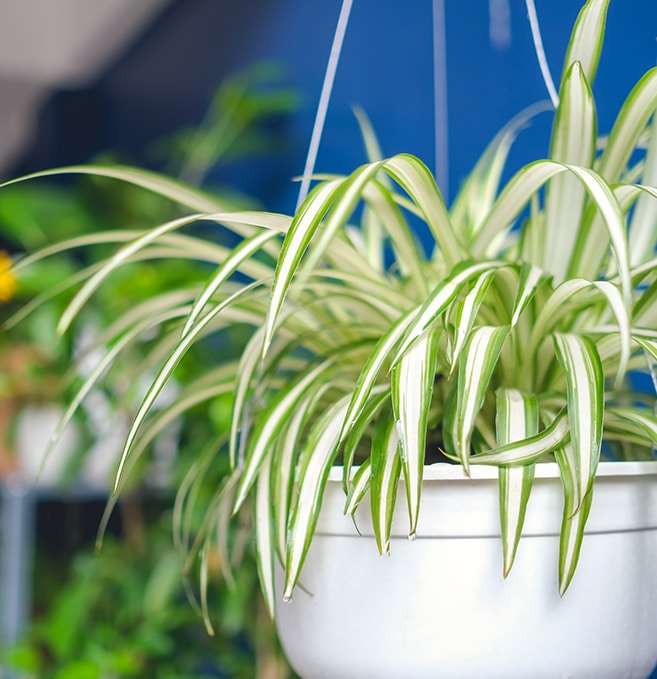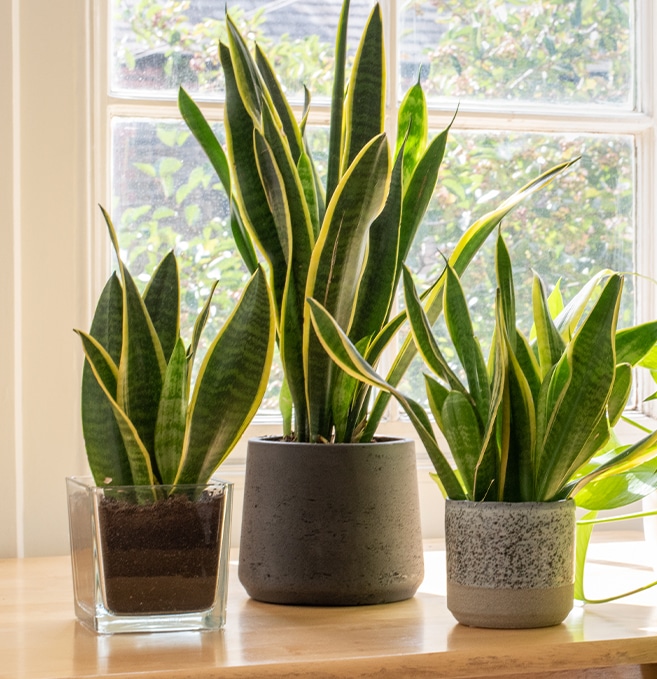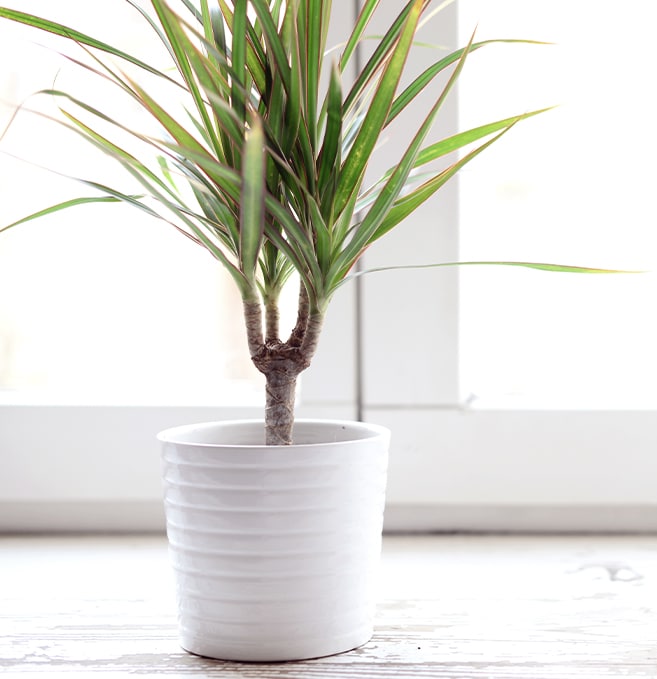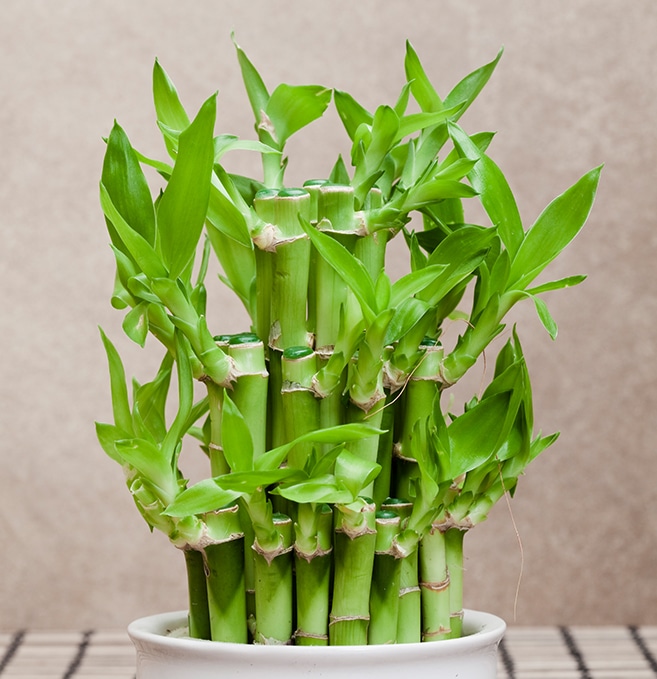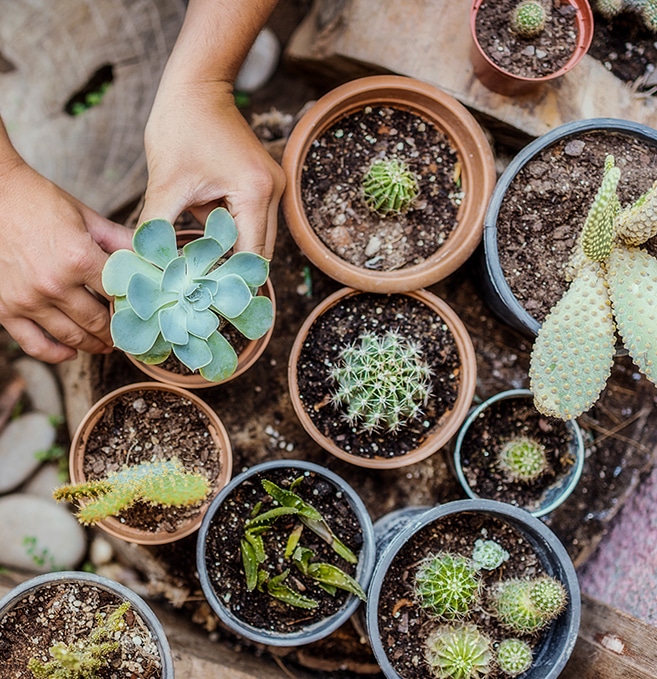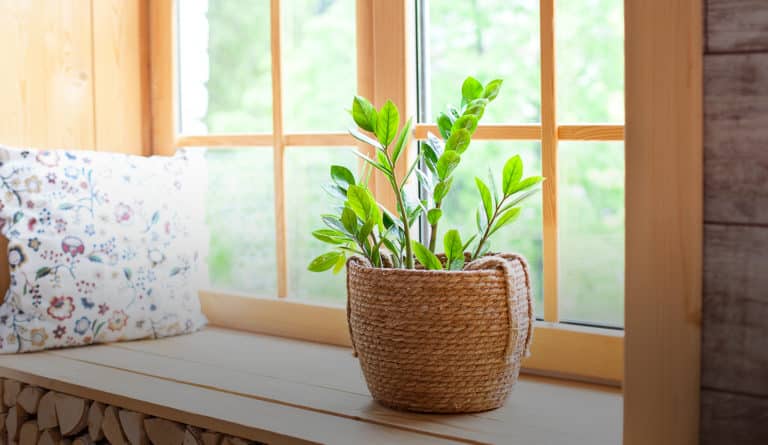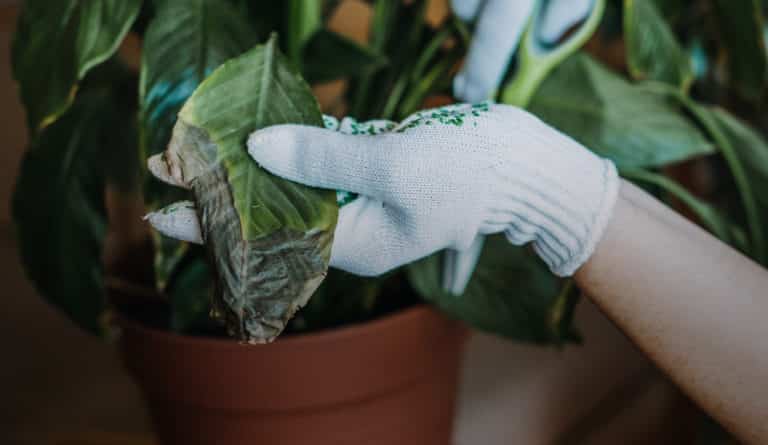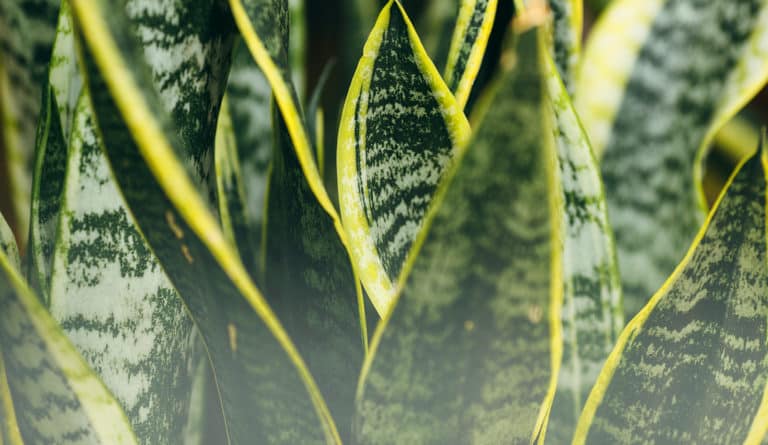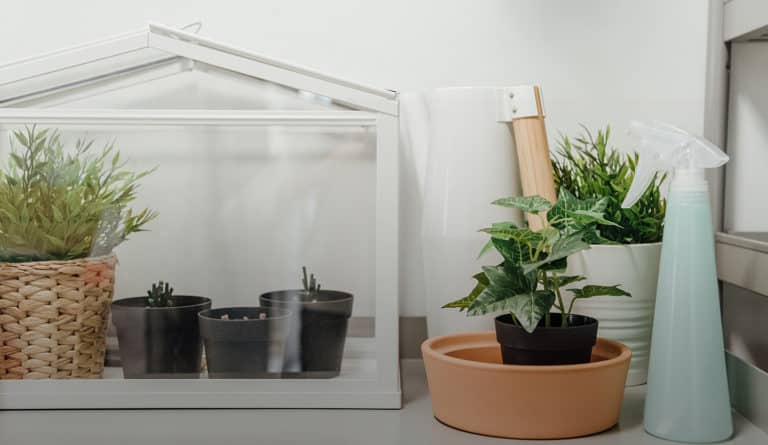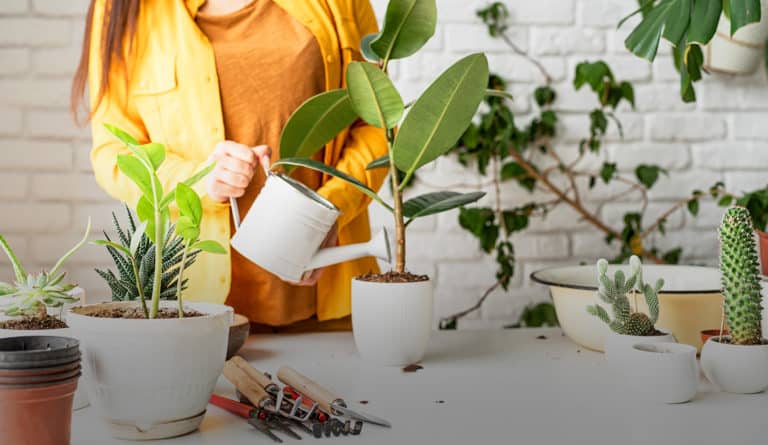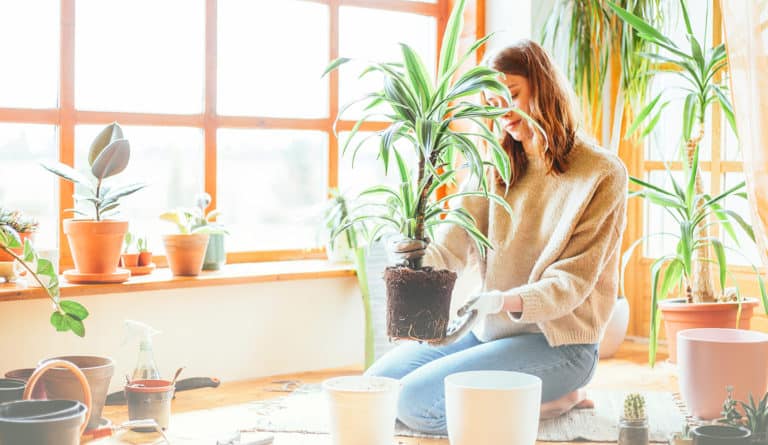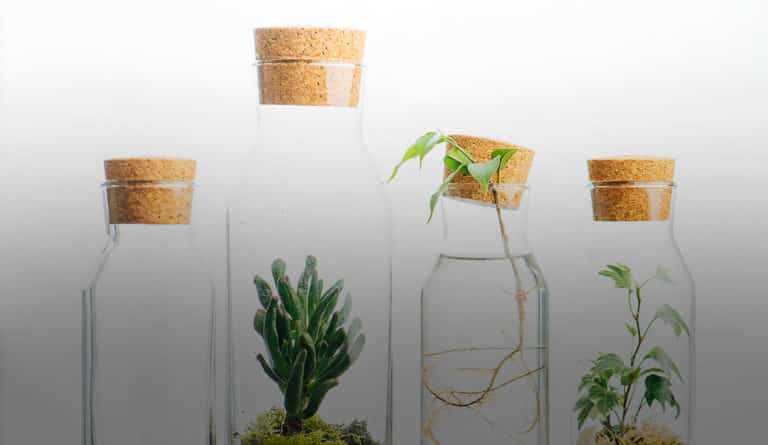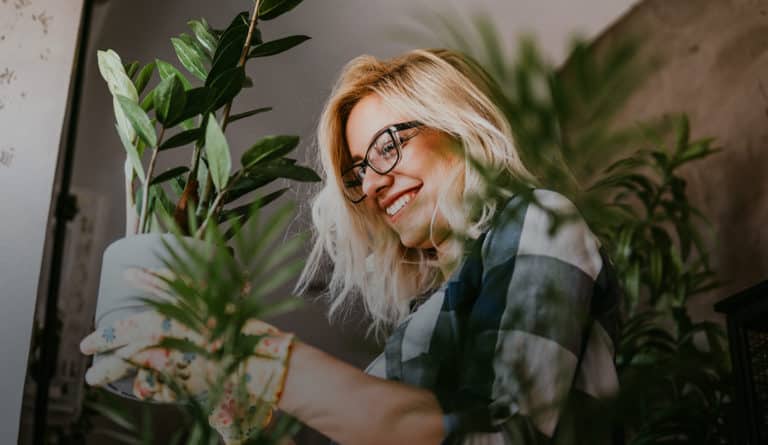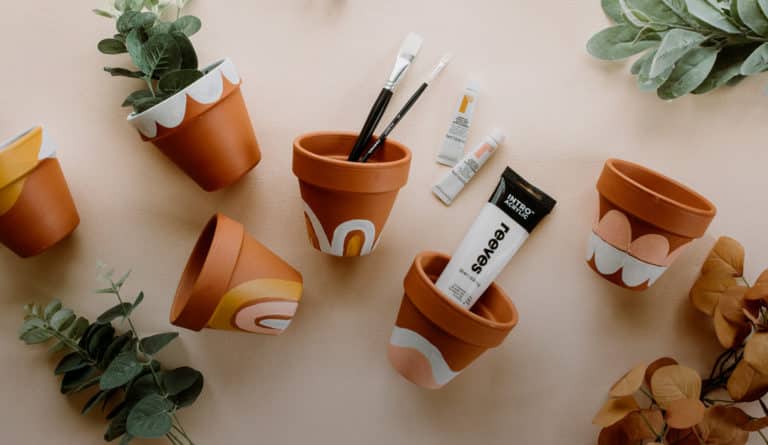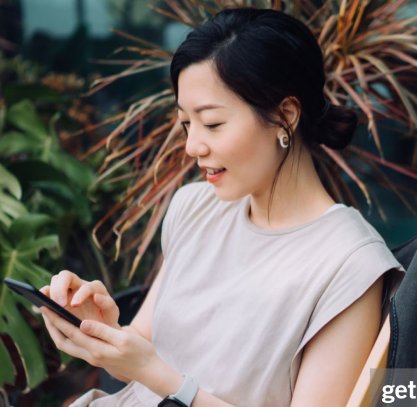Getting your hands dirty isn’t just fun, it’s good for your plant. Repotting your plant also gives it fresh potting mix to grow in. Your plant will be able to sustain its current size, but it will also be able to get larger. Repotting doesn’t always mean bigger pots. It could mean changing out old potting mix that’s depleted of nutrients. Eventually, your plant will need a larger pot when it outgrows its current one.
Looking to turn your home into relaxing green space, well let’s set you in the right direction. We have the easy to grow stars of the plant world here. These plants can generally withstand erratic watering, uneven or bad light, and fluctuating temperatures. How’s that for easy going. Here’s our comprehensive list of the best starter house plants.
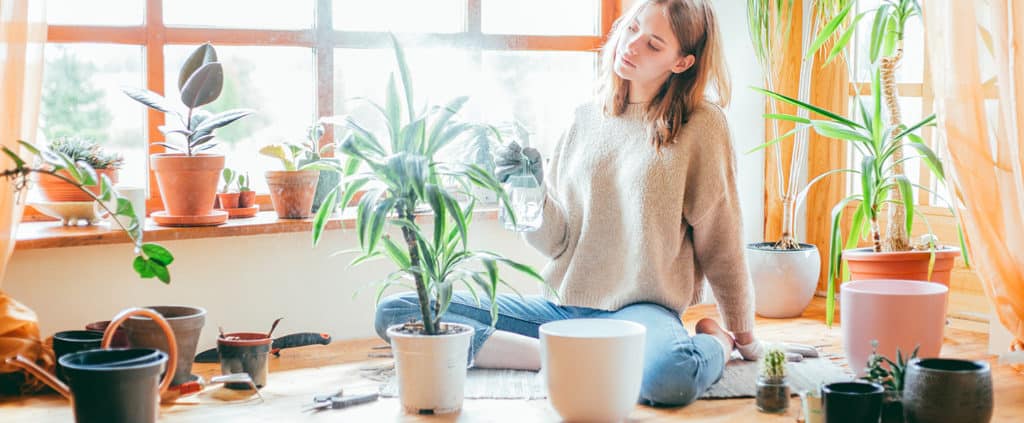
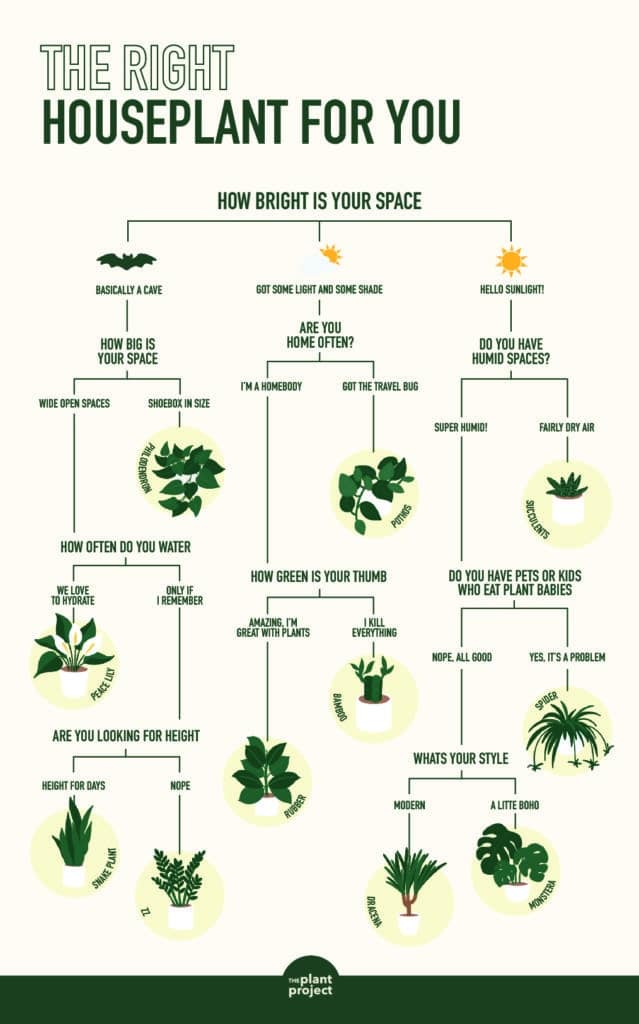
Knowing what to look for in a planter takes all the guesswork out. And guess what, we’re here to help.
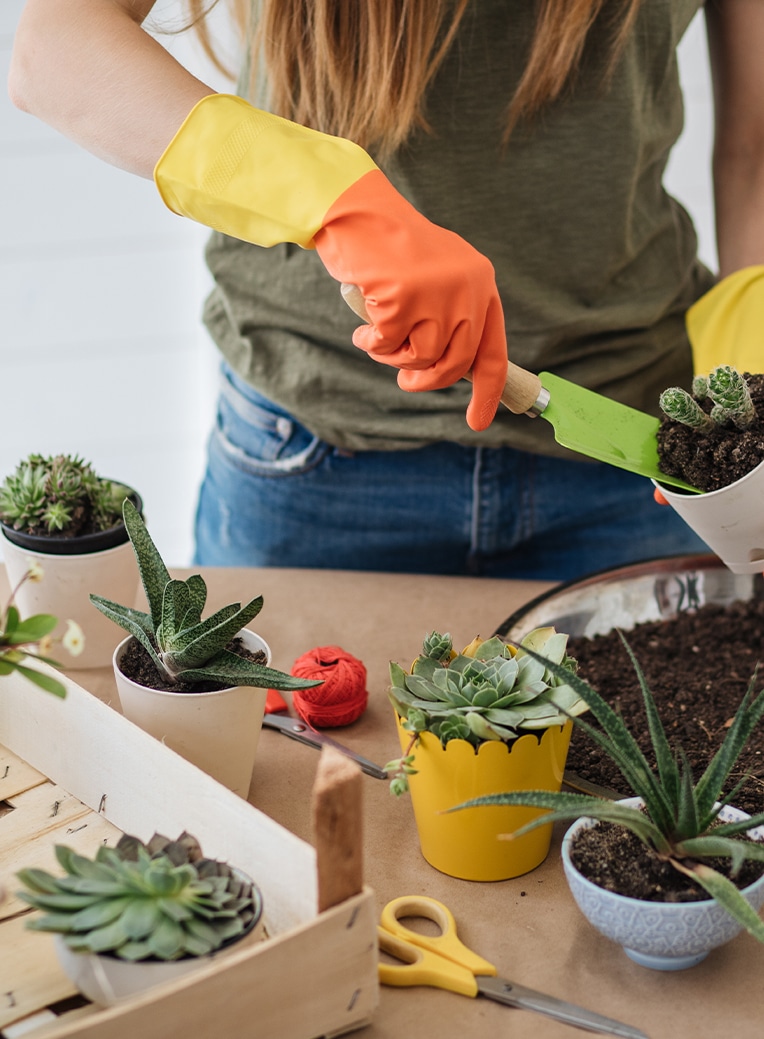
go big or go small
When we talk about plants, we often refer to them in size or inches. This doesn’t refer to the plant at all, but to the diameter of the pot that it is planted in. Let us explain, a 4” plant refers to a plant growing in a 4” diameter pot, regardless of the size of the plant — it comes in a 4” tall x 4” wide pot. We use these terms of measurement to accommodate diversity in height and types of plants. A cactus that fits into a 4” pot may be 1” or 1 ft. tall. When choosing a pot, choose a pot that is 1-2” larger than the current size if the plant is currently in a 10” pot or smaller. If your current pot size is >10”, choose a pot that is 2-3” larger in diameter. Who thought there was so much math involved in houseplants.
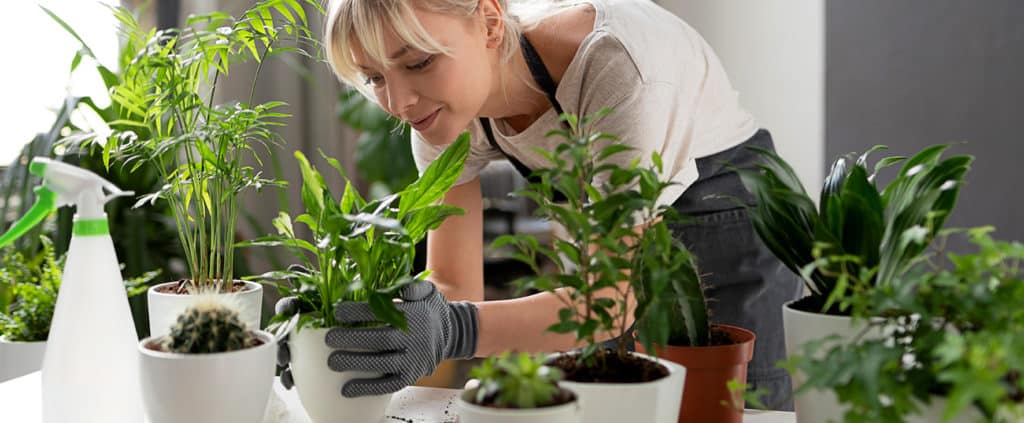
to drain or not to drain
It is recommended selecting planters and pots with drainage, especially if you are new to watering plants. It’s totally possible to make planters without drainage work with a little finesse! A good tip to remember is to pour no more than 1/3 of the container’s size in water. Lining the bottom of a planter with lava rocks or similar to create crevices for excess water to drain into is a great way to avoid root rot.
materials that matter
Some things to remember when choosing a planter. Most stores carry terracotta, wood or plastic planters. Our advice is to go porous. Porous ceramics like terracotta dry more evenly than plastic pots, and any wood planter will dry even faster than terracotta. Ceramic planters also are great choices. And if you’re worried about weight, fiberglass planters are ideal for plants 8″ or larger in diameter. Experiment with a few different materials. Horticulture is one part art and one part science.
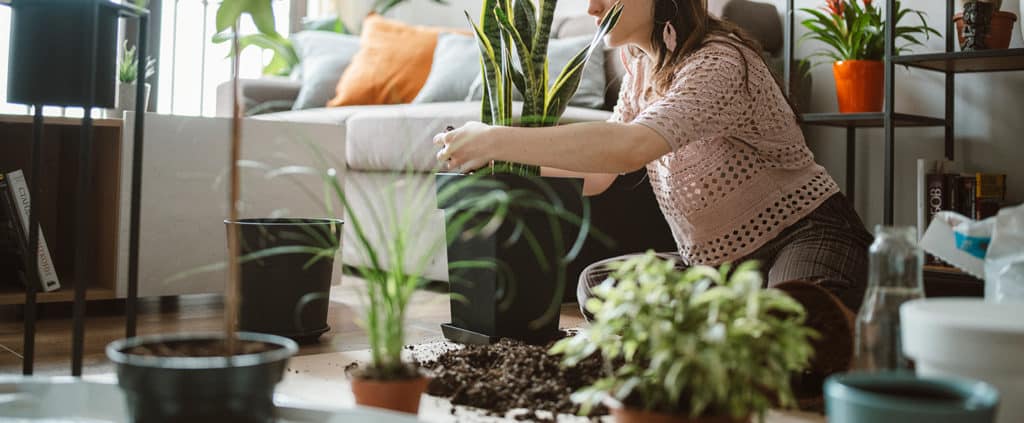
#easypeasy
There you are bringing home a new plant, you’re full of hope and promise. You feed and nurture it but after a while you notice the leaves are turning brown and crispy. Let’s look at a few reasons this could be happening to your plant baby.
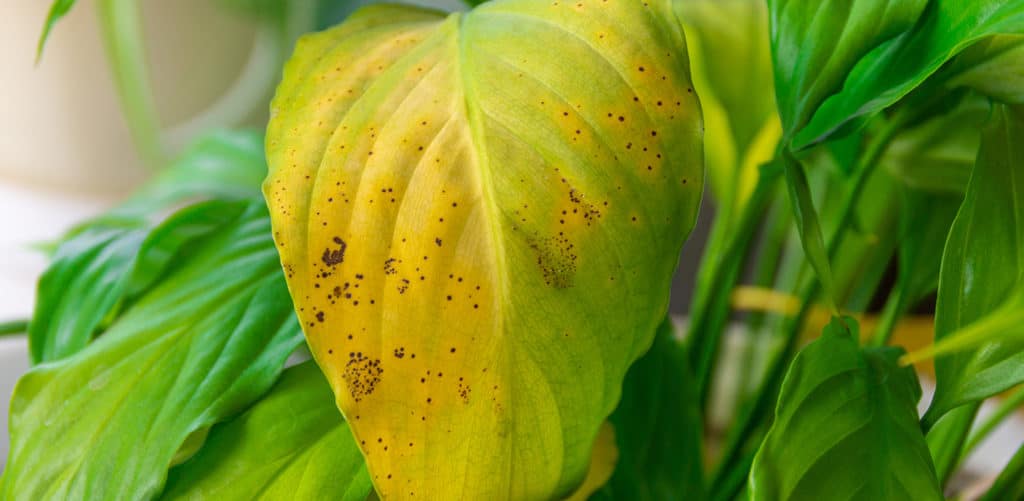

QUICK TIP
Your plant’s leaves can curl or turn brown if you move your plants abruptly from inside to outside during the summer without acclimating them to the direct sunlight. Let them dip their toes in partial sun first for a few days.
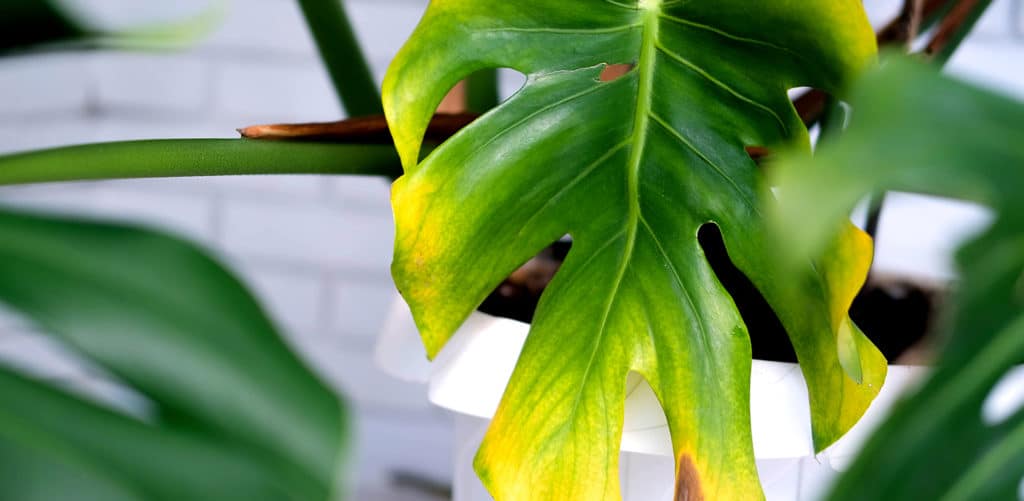
There are so many great reasons for growing houseplants, but deciding exactly where to put them can get tricky and sometimes even confusing.
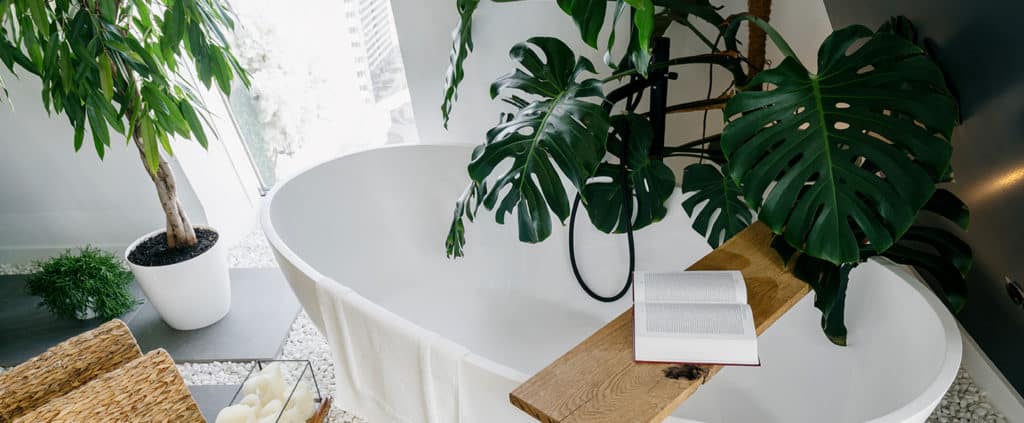

getting started
Getting your hands dirty isn’t just fun, it’s good for your plant. Repotting your plant also gives it fresh potting mix to grow in. Your plant will be able to sustain its current size, but it will also be able to get larger. Repotting doesn’t always mean bigger pots. It could mean changing out old potting mix that’s depleted of nutrients. Eventually, your plant will need a larger pot when it outgrows its current one.
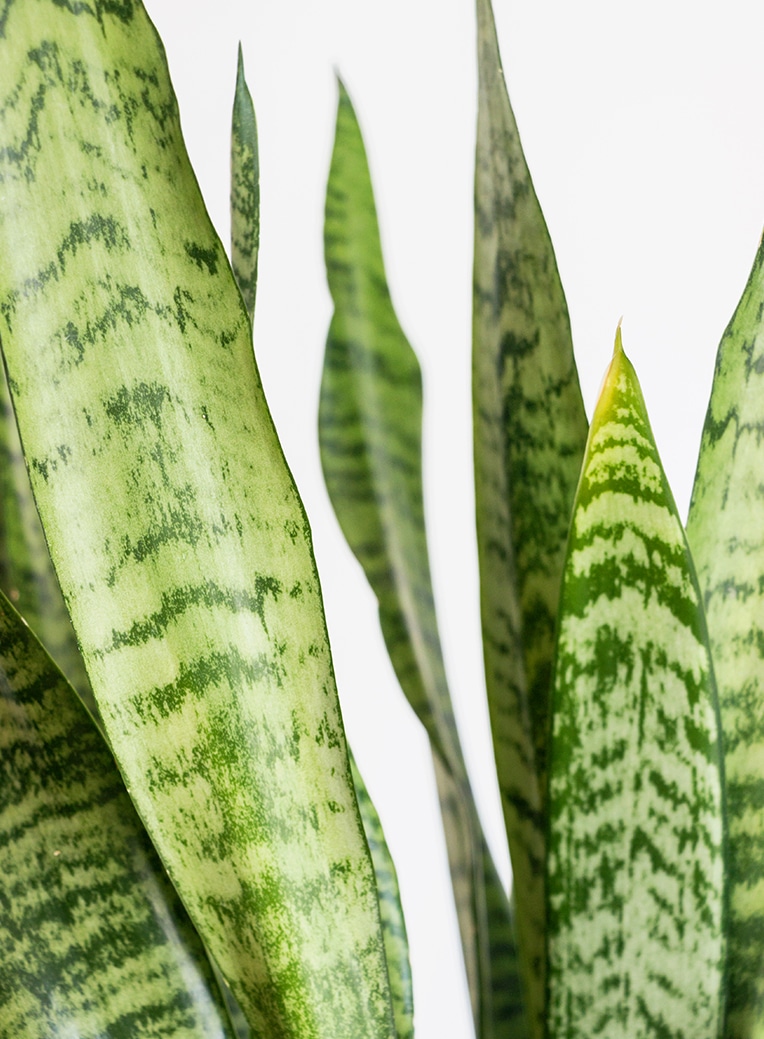
the low lighters
Pothos, Maidenhair Fern, Snake Plants, Prayer Plants and Lucky Bamboo do well in low light conditions.
Here are a few tips on where to put your plants: Spreading plants around the perimeter and away from the center of the room can make the space appear larger. For instance, place plants on shelves, window sills, or in corners. Hanging plants are back, but it’s essential to find the best spot. Avoid hanging a plant where guests can bump their heads. Be sure the plant is safely anchored, preferably not above a walkway or chair.
Remember that you’ll need to water the plant, so consider how the pot drains. Look at surfaces and architecture around your home in creative ways. If you have space, set plants on the rungs of an old wooden ladder or on top of a cupboard. People often forget that heat rises so plants in high spots may require more water. If plants are at eye level, cover the potting mix with decorative stones or pebbles. Don’t forget plants in the bathrooms. Succulents won’t be happy with all that steamy air, but, philodendron, spider plant, pothos, and most ferns, will thrive in the warmth and humidity.
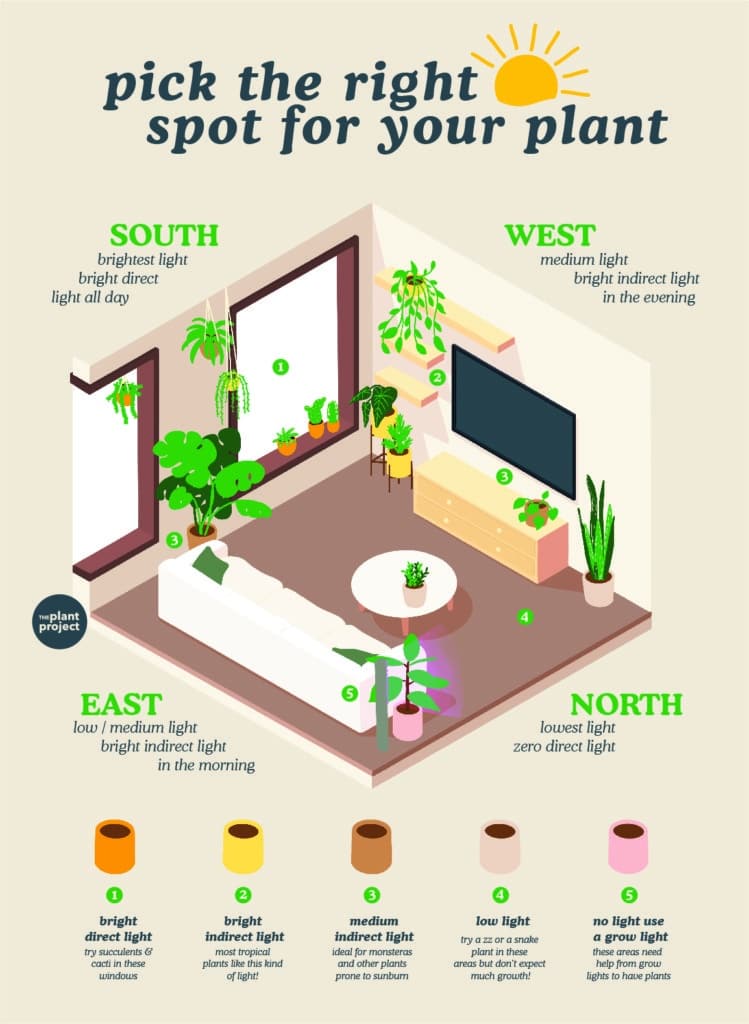
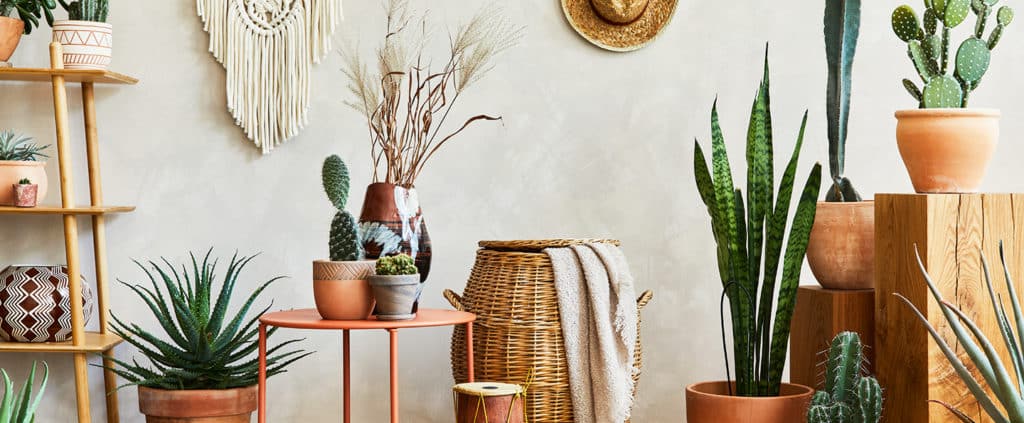
#easypeasy
So you want to be a plant person. Whether your inspo is from Instagram, magazines or TikTok’s addictive content, here’s your beginners guide to nurturing your green thumb.
